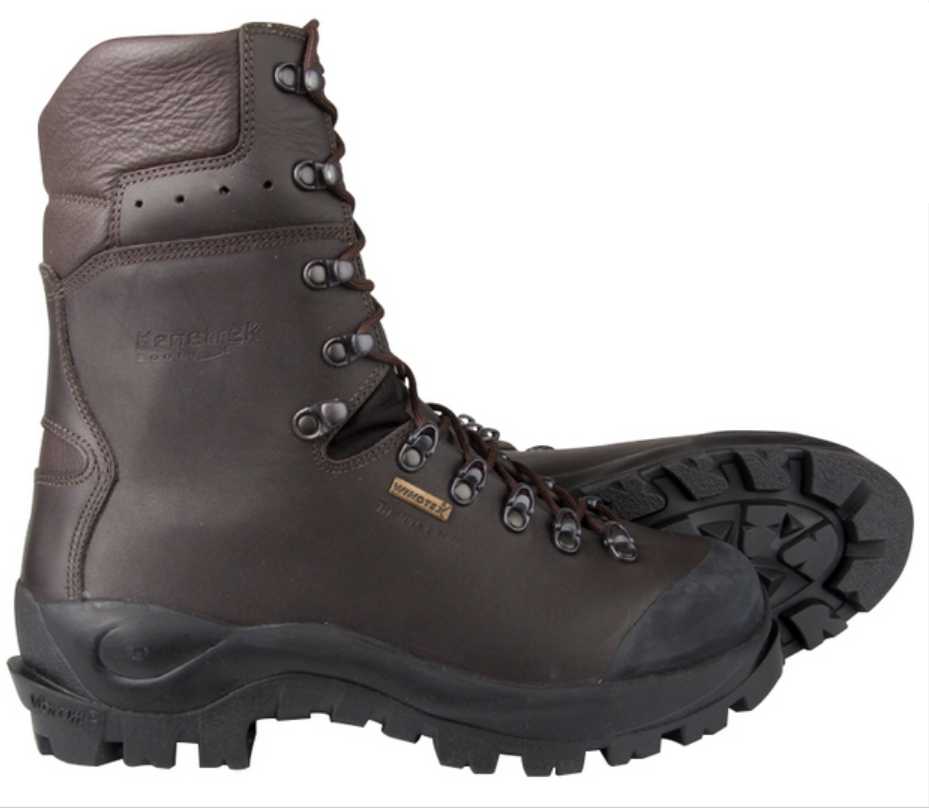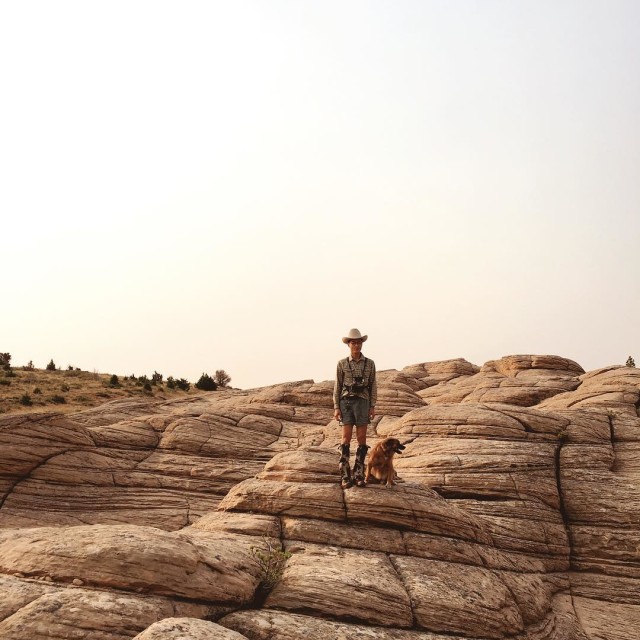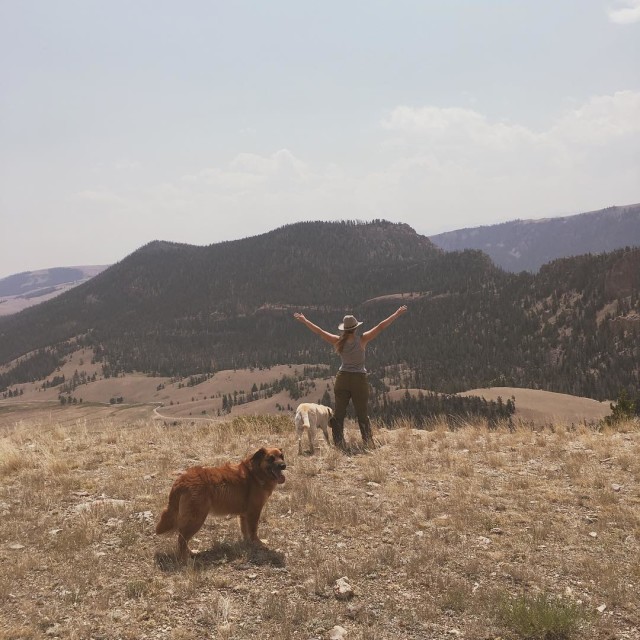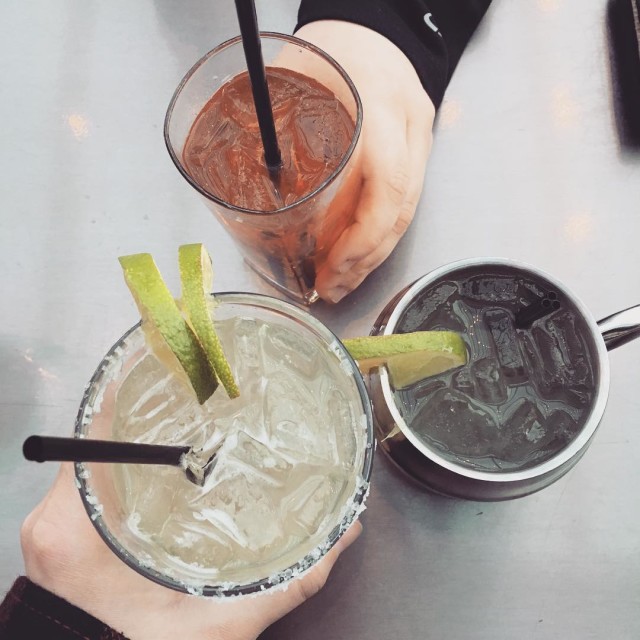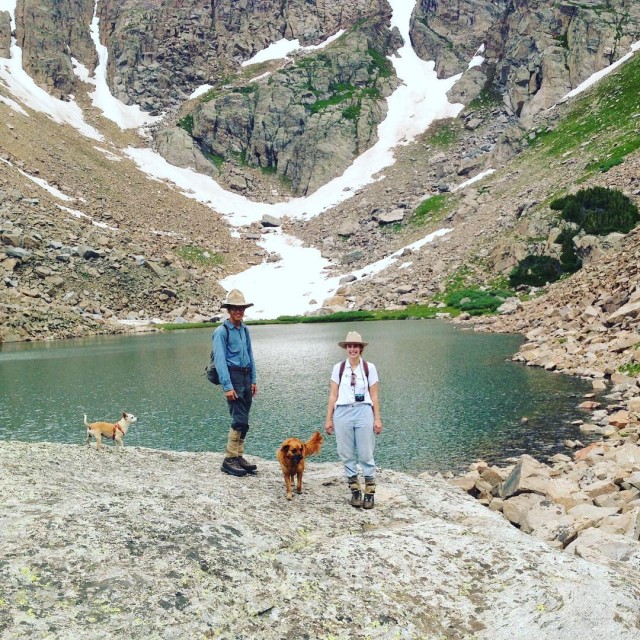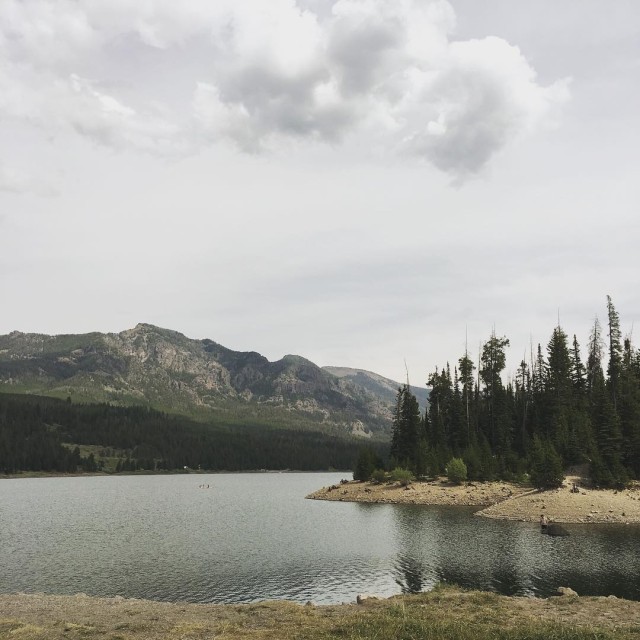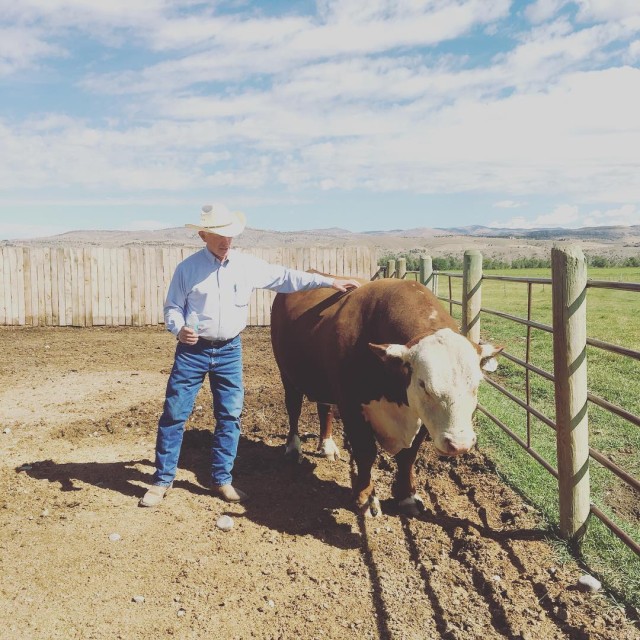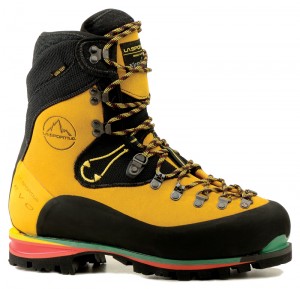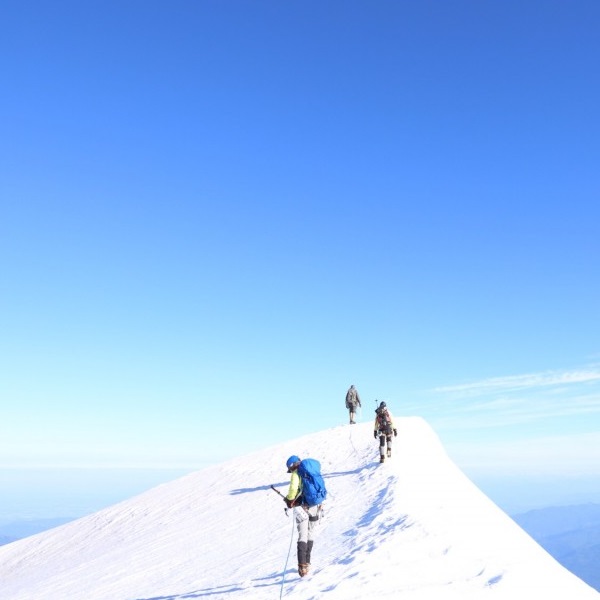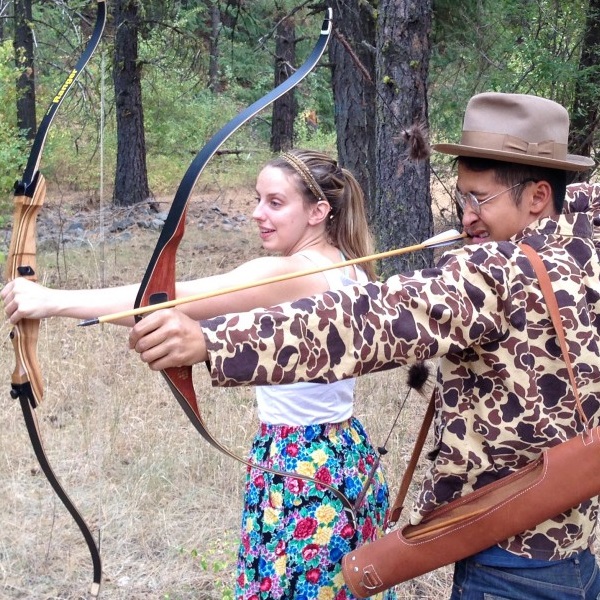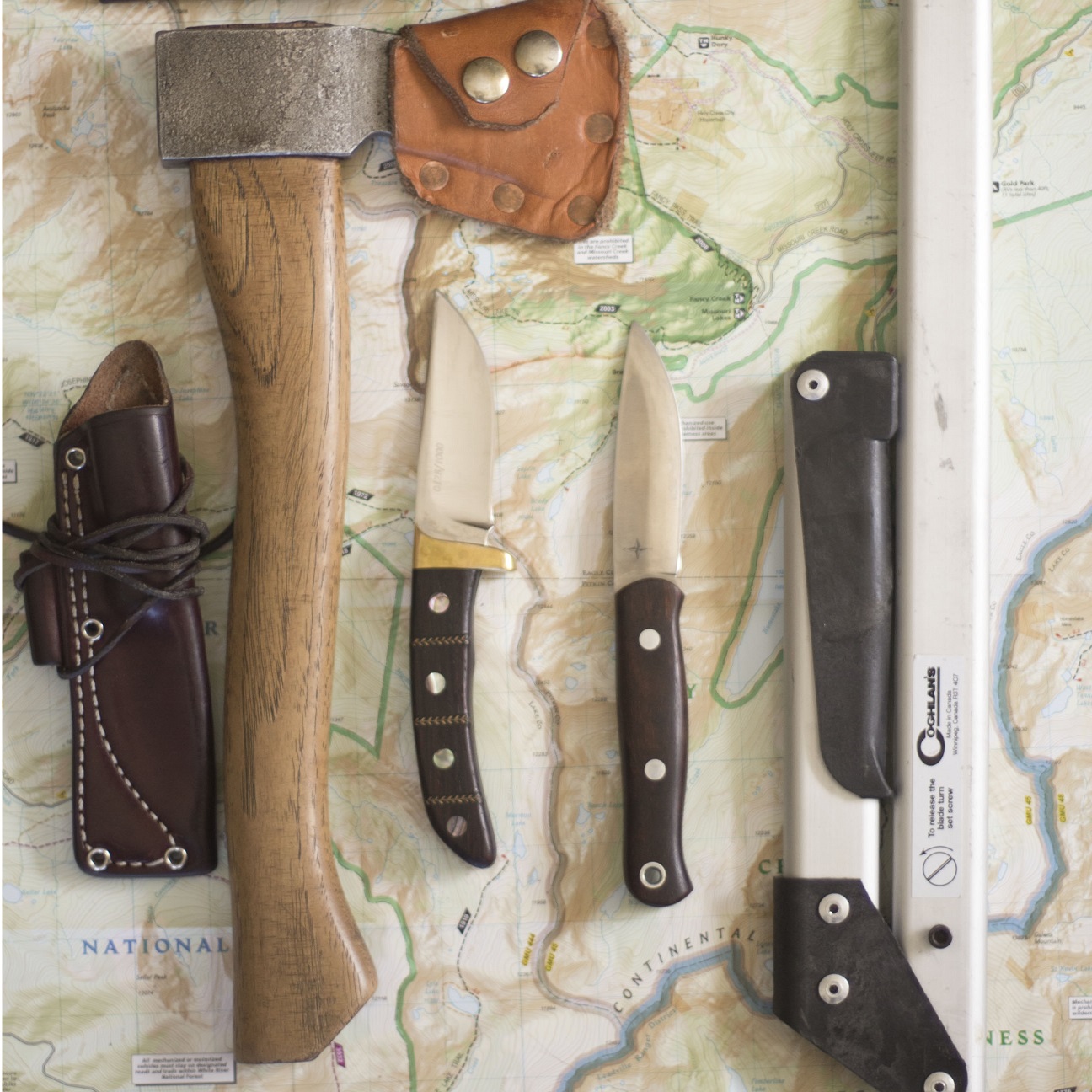Earlier in the winter season I was looking for a good alpine boot for waterfall ice, and glacier climbing in addition to the use of mountain hunting. I noticed that both Cabela’s among several other companies had started to carry boots with what appeared to be crampon welts on the toe and the heel to allow fitting automatic or step in type technical crampons.
Why these hunting oriented models over the dozens of climbing specific boots? Because the color really. I don’t much prefer a neon colored boot over something that in my eyes and ethics blends into the environment, rather than going against it. Its just my own LNT ethic. If I can get a boot that blends into the environment and still climbs well I would choose that boot.
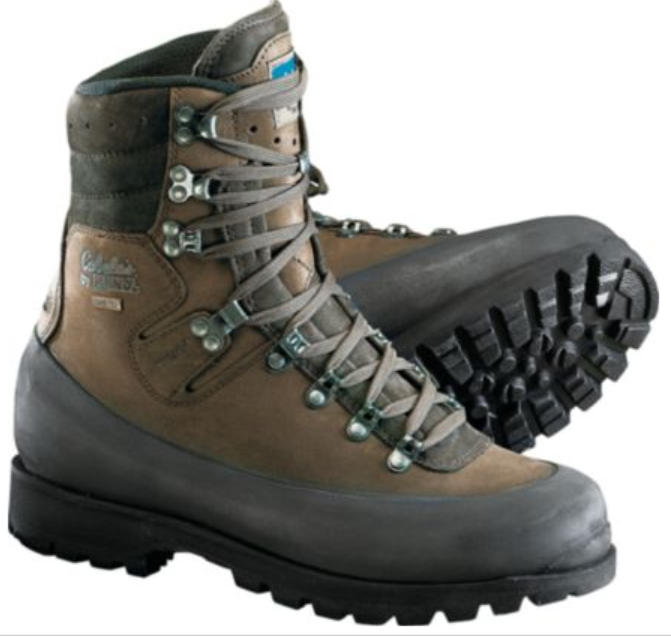
From the pictures you can see what a welt is. Its the little slot on the heel and on the toe area of the boots. This is to fit Automatic type crampons. An automatic crampon is the type of crampon that has a toe wire and heel lever that is easy to use in the cold and fits into these slots, opposed to other types of crampons that are universal and can fit any type of boot.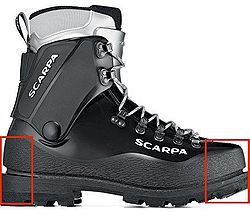
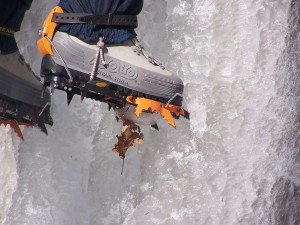
For an ice climbing boot you want a good secure fit over the foot and space in front of the toe so if you were to slam the boot as hard as possible into ice or snow you don’t jam your toes and lose toe nails.
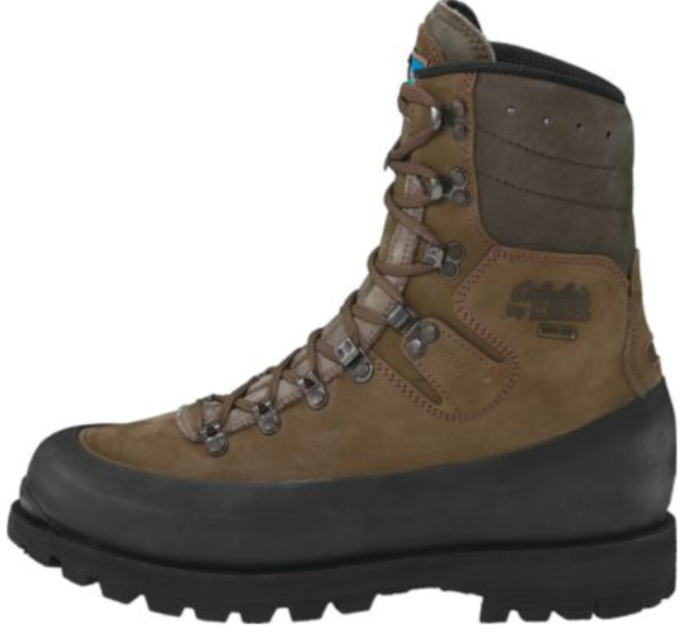
The boot has all the features you would expect from a modern alpine boot. Treated nubuck uppers, however I would prefer full leather. Goretex liner for water proofness. 200g of Thinsulate, which IMO is a bit too light for mid winter cold. The boot also features a Vibram sole and a full wrap around rubber rand for longevity from tromping through abrasive rock fields.
Fitting was difficult because I am a 12.5 and after size 12, the sizing goes to whole sizes and the next size up was 13. The boot fit was either too tight for marching and kicking crampons into ice, or too loose and when standing with the toe in a little rock edge the boot slipped on the heel, which could cause blisters and hot spots if one were to scramble and climb on rocks for a while.
The next test was to check the flexibility of the midsole to see if they were even suitable for ice and snow climbing.
Many alpine boots can be categorized into full rigid or semi rigid. A full rigid boot like the La Sportiva Nepal Evo is full rigid. You could put your full weight into it and try anything and it is like a block. It will never flex. That is desirable in technical climbing as you can support your whole body weight on the shank and have little sag or energy use when stuck into an ice wall.
Semi Rigid can flex at the ball of the foot with some good pressure like body weight. Semi Rigid can still climb ice, but is for focused for some marching and less than vertical terrain.
There are several ways to test what category the Alaska Hunter falls into. The first is handling the boot and manually trying to flex it. There was some give just from my arm strength.
In the second I put the boot on with a extra heavyweight mountaineering sock and stood on the tip toe of the boot on an edge as if I were kicking a step into steep snow or tip toeing up a rock slap. The boot did flex somewhat. Almost too much. Way more than other semi rigid boots. A bit more rigidity than an backpacking boot like an Asolo 520. In-fact the lighter model the “Alaska Hiker” Had less flex when weight was applied to them. A strike for the possibility of anything other than low angle mountaineering.
Crampons
The final check over was to see how the Hunters fit into Automatic Black Diamond crampons. You can see in the picture they are actually well fitting and held onto the crampons OK, but the front welt of the boot was too shallow and the front wire protrudes slightly. I did not Ice climb in them but kicking into step snow pillows for a while did not loosen the crampons or move their points around. However, because of the looser fit, I felt pressure on the heels as I suspended all of my body weight onto the toes. This slight discomfort I think may or may not go away with breaking in, and may even get worse if one were to kick steps in while carrying a huge pack.
The final test was to fit the Hunters into Silvretta 505 Ski bindings. Yes, in theory you could “skin”(travel) uphill and ski down mild terrain with full crampon compatible boots. However the front toe bail of the ski binding did not fit the Hunter, which already had some issues with the Black Diamond crampons. The boot pops out of the ski binding when worn and torqued as if during a ski turn.



In conclusion this boot has its issues for me. The sizing for larger feet is not precise. The shank and midsole is probably flexible for comfortable climbing in vertical and steep terrain, but can tackle lower angle snow and glaciers fine. It is more suitable for trekking with a large pack than it is for climbing.
The crampon fit for Auto Black Diamond and Silvretta Ski bindings seems to be less than perfect. Other brands may fit better. Stay tuned for the quick and dirty assessment of the Kenetrek Mountain Guide.
